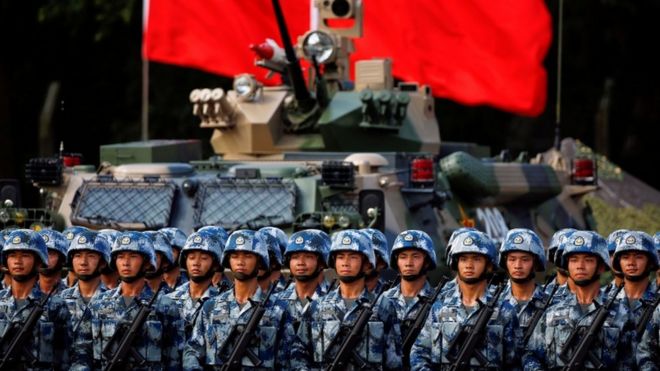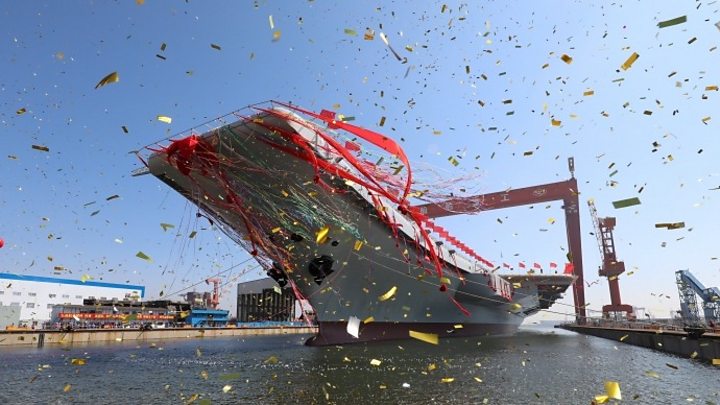The 'globalisation' of China's military power youngone2018-02-13 22:41:35

China's modernisation of its armed forces is proceeding faster than many analysts expected.
Now, according to experts at the International Institute for Strategic Studies - the IISS - in London, it is China and no longer Russia, that increasingly provides the benchmark against which Washington judges the capability requirements for its own armed forces.
This is especially true in terms of air and naval forces - the focus of China's modernisation effort. Events in Europe mean that for the US Army, it is still largely Russian capabilities that provide the benchmark threat.
This trend has been chronicled in the Military Balance, the annual assessment of global military capabilities and defence spending, published by the IISS since 1959.
Of course the transformation of the Chinese military has been under way for some time. But now a significant way-point has been reached - or is very close - that will make it the "peer competitor" for Washington.
Ahead of the publication of this year's Military Balance later this week, I sat down with a group of IISS experts to try to tease out more of the details of this trend, providing a powerful narrative to the annual compendium's tables and statistics.
- How does China's military spending compare?
- Military facelift a sign of bigger changes
- How China is ruled: Military Affairs Commission
China's progress and technical abilities are remarkable - from ultra-long-range conventional ballistic missiles to fifth generation fighter jets. Last year the first hull of China's latest warship - the Type 55 cruiser - was put into the water. Its capabilities would give any Nato navy pause for thought.
China is working on its second aircraft carrier. It is revamping its military command structure to give genuine joint headquarters involving all the key services. In terms of artillery, air defence and land attack it has weapons that out-range anything the US can deploy.
Since the late 1990s, when it received an influx of advanced Russian technology, the Chinese Navy has recapitalised the bulk of its surface and sub-surface fleets.
